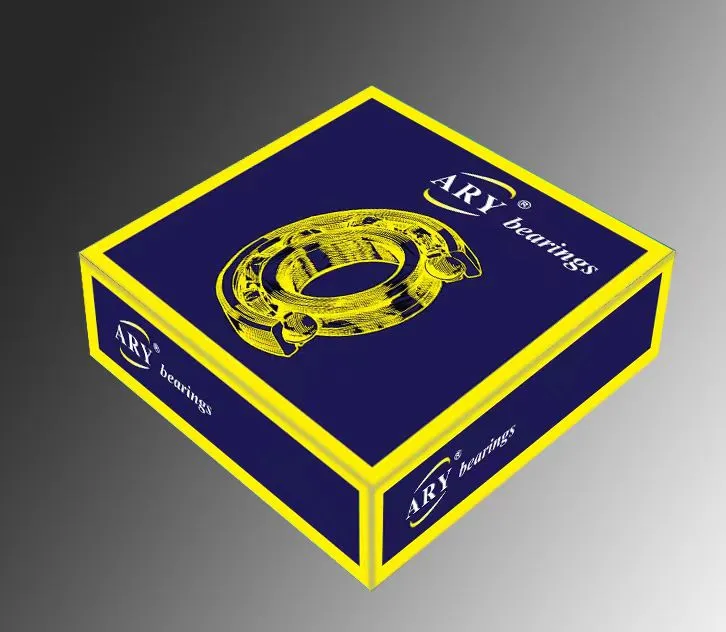
Aug . 20, 2024 19:27 Back to list
Understanding Axial Angular Contact Ball Bearings for Enhanced Performance and Reliability
Understanding Axial Angular Contact Ball Bearings
Axial angular contact ball bearings are critical components in modern engineering, widely utilized in machinery and equipment that require high precision and reliability. These bearings are specifically designed to accommodate axial loads along with radial loads, making them essential in applications where both types of stress are present.
Design and Construction
Angular contact ball bearings have distinct design features that differentiate them from standard ball bearings. They consist of an inner ring, an outer ring, and a series of balls that are placed between them. The key characteristic of these bearings is the angle at which the balls contact the rings. This angle significantly influences their load-carrying capabilities and performance. The contact angle allows the bearing to support a combination of axial and radial loads, making it suitable for applications such as gearboxes, pumps, and electric motors.
The construction of axial angular contact ball bearings includes precision machined surfaces that ensure smooth operation and minimal friction. The materials used in their production, typically high-carbon chromium steel, provide excellent wear resistance and durability. The races are often treated with surface hardening processes to increase their lifespan under high loads and speeds.
Load Capacity and Performance
One of the paramount advantages of axial angular contact ball bearings is their ability to handle not only axial but also radial loads effectively. The axial load capacity depends on the contact angle; higher angles provide greater axial load capacity but may compromise radial capacity. This unique design allows engineers to select bearings that are specifically tailored for their applications, ensuring optimal performance and longevity.
axial angular contact ball bearings

When properly installed and maintained, axial angular contact ball bearings operate with low levels of friction, which leads to improved energy efficiency. This is particularly critical in high-speed applications where excessive heat generation can lead to premature failure. Additionally, the rigorous testing and quality control processes that manufacturers typically employ ensure that these bearings meet or exceed industry standards.
Applications
The versatility of axial angular contact ball bearings makes them suitable for a wide range of applications. They are extensively used in industries such as automotive, aerospace, and manufacturing. In automotive applications, these bearings play a crucial role in the functioning of wheel hubs and transmission systems, where accurate load support is essential for vehicle performance and safety.
In the aerospace sector, axial angular contact ball bearings are employed in components like jet engines and landing gears, where they experience high stresses and must perform reliably under extreme conditions. Similarly, in manufacturing, these bearings are utilized in CNC machines and conveyor systems, providing the necessary precision for quality production.
Conclusion
In conclusion, axial angular contact ball bearings are integral to the functionality and efficiency of various mechanical systems. Their unique design allows for the handling of both axial and radial loads, making them indispensable in many high-performance applications. Ongoing advancements in materials and manufacturing techniques continue to enhance their performance, ensuring that they meet the demands of modern engineering challenges. As industries increasingly depend on precision and reliability, the importance of axial angular contact ball bearings will only continue to grow, solidifying their role in the future of machinery and technology.
Latest news
-
Common Failures in Thrust Ball Bearings and Solutions
NewsAug.22,2025
-
How Tapered Roller Bearings Can Take Shock Loads
NewsAug.22,2025
-
Angular Bearings in High-Precision Spindles
NewsAug.22,2025
-
The Impact of Misalignment on Cylindrical Roller Bearing Performance
NewsAug.22,2025
-
The Role of Cage Design in Deep Groove Ball Bearing Durability
NewsAug.22,2025
-
The Impact of Material Quality on Machinery Bearings’ Lifespan
NewsAug.22,2025
